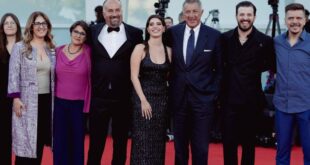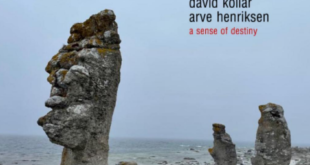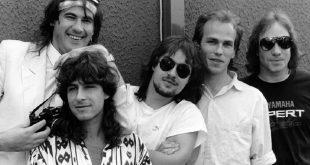Mediafrequenza meets the historic English guitarist who shared the stage with the best world rock stars. A PhD on improvisation among the awards of a career that still has a lot to say
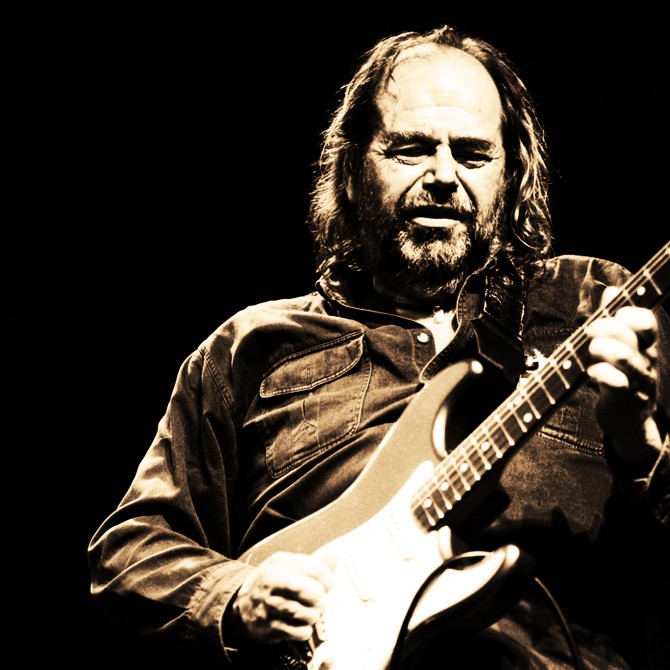
by Davide Iannuzzi
Born in Islington in North London, guitarist and composer Ray Russell has been in activity for over sixty years, during which time he brilliantly played the role of author, with a production of 16 albums of his own, and that of side man, collaborating with iconic artists such as Paul Mc Cartney, Van Morrison, Phil Collins, David Bowie and Art Garfunkel, just to name a few. His fame as an experimenter and innovator in the way of playing the guitar, thanks to a stylistic mix of jazz, rock, R&B and prog, also reached Italy, when at the end of the seventies he was called to collaborate in the recording of the fourteenth and successful Lucio Battisti’s album entitled “Una giornata uggiosa”, in which, in addition to Russell, there were musicians of international caliber such as saxophonist Mel Collins and guitarist Phil Palmer. Attracted to multiform and transversal challenges, in the early sixties Ray Russell was able to establish himself as a musician also in the world of cinema, signing the execution of the famous James Bond theme, while he was active in the John Barry Seven, and later in theater, working at Andrew Lloyd Webber’s 1978 musical “Evita”. He received a prestigious PhD from Leeds Beckett University with his thesis on improvisation entitled “Fluid Architecture”, which years later would inspire the title of his latest album released in 2020. More than ever determined to go a long way, Ray Russell is already working on his next album, the seventeenth. We met him to talk about this and to let us tell some anecdotes related to his extraordinary career. Here you are a couple of them: a meeting with His Majesty Jimy Hendrix and the rescue of an Afghan dog which then inspired a song.
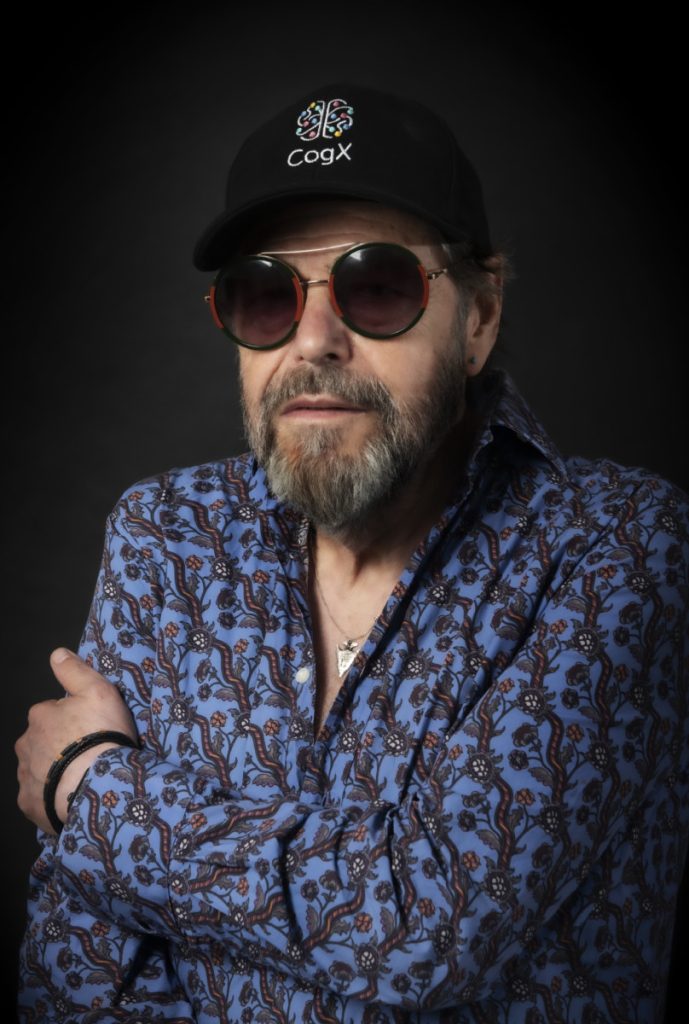
It is difficult to find a place to start in the breadth of your career that began in 1962. Let’s start with the PhD you received at Leeds Beckett University, a recognition of your tireless sound research and the nature of improvisation. What does this recognition of your work express?
it’s really an empirical analysis of the group experience. In this context it’s the cognitive creativity in the recording studio. I’ve spent half my life recording and dropping in. Making a track into the best it can be. So the PhD is a body of work with interviews and tracks showing the way we spontaneously react to each other by suggestion and body movement. Taking the composition as the starting point and creating the flow of ideas around it.
he thesis for which you received this award is called Fluid Architecture; where does this concept come from when applied to music and what does it consist of?
The philosopher Goethe said that Architecture is frozen music, therefore music is like Fluid Architecture. Joni Mitchel used the last half of this phrase to describe music. No flow, no connection.
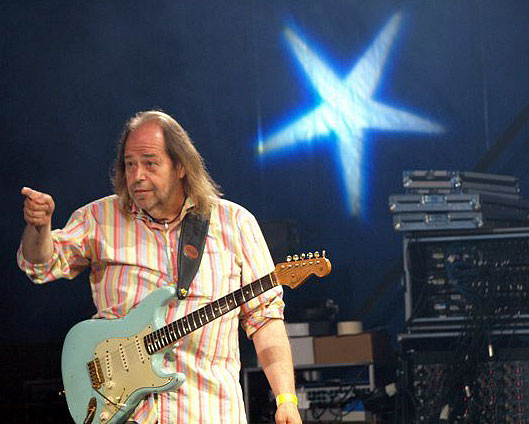
What does the art of improvising consist of, and to what extent must creativity and technical and theoretical preparation coexist?
listening, reacting in the framework of the composition. The preparation is the thinking time which is usually between say hearing a demo and starting to record it. It’s that mulling the tune around seeing what you and the group and bring to it. The main part is to give it a sonic signature which is part individual and how the group has extended the ideas into an outcome that the composer and producer relate to and feel they can work with.
Fluid architecture is also the title of your latest album in 2020; what does this record represent for you?
As you know, I don’t make an album every year, I like to think that I have new ideas and strength in composition. We were getting into sound design in a harmonic way which can be exhilarating. It was a collage of some old tracks with new sounds on Six string cage. And some of the other tracks went into some unexpected places. This makes the harmonic fields more interesting.
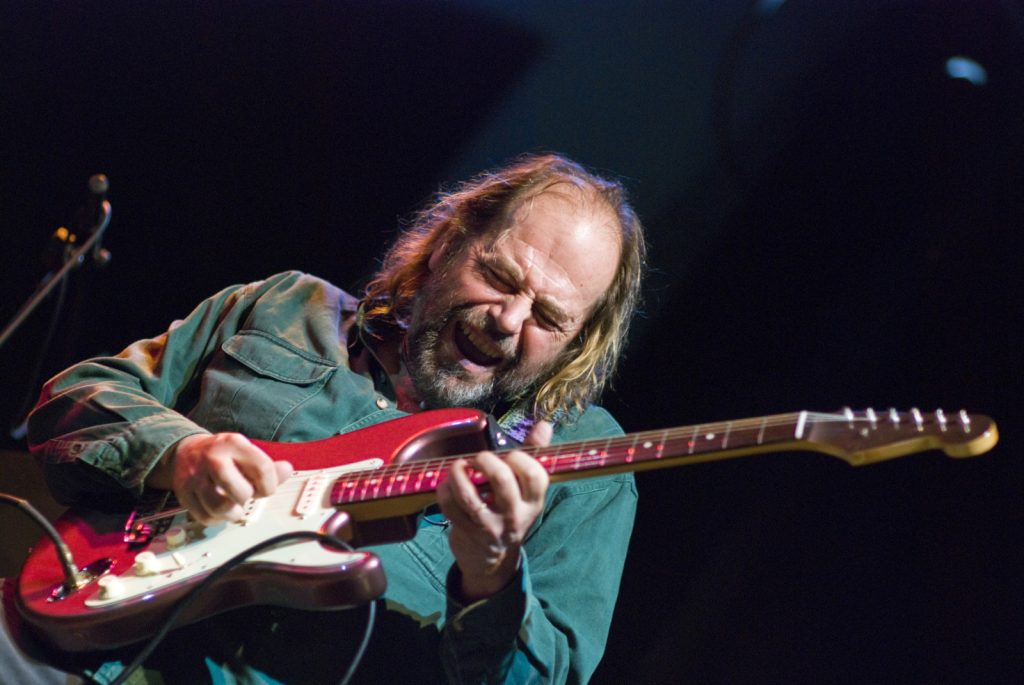
In addition to being characterized by a vast sonic richness, this album also contains some anecdotes, including the song entitled The Conversation inspired by your distant meeting with Jimi Hendrix; can you tell us what happened?
I was part of a band that was touring with Cat Stevens. We were in Scandinavia. The walker Brothers were headlining then Mr Stevens and the Jimi. Of course Jimi came on first and just made the gig his! He was fantastic.
Later that night I heard tapping on my hotel window. It was Jimi locked out of the Hotel. Luckily I was on the ground floor. I let him in, the hotel was not open 24 hours so if you go out you had to get a door key! I made him cup of English tea which was a big favourite. We talked about life really. He played my guitar, and he was talking about the jazz players he listened to. A very wide range of music and had he lived longer I think a lot more jazz orientated music would have been recorded. Anyway about 3.30 am he left to find his room.
Do you think Jimy Hendrix could have played Jazz?
he did, he knew about John Coletrane, he could play like that.
Since we are on the subject of anecdotes it is worth mentioning the song inspired by the rescue of a dog during the war in Afghanistan entitled Moon Dog, can you tell us this idea?
My Wife Sally was helping a rescue centre In Afghanistan. By coincidence, a friend of mine put a picture of this stray brindle coloured Dog we later called Brin. It caught Sally emotionally as the Gurkha rifles were leaving and he could be a stay once more. He had saved lives by sniffing I.E.D. Explosives by noticing very tiny differences in the ground where they hid them. We started a big funding search in Sussex where we lived and I got the Media interested . We raised enough to get him back which was a perelious journey.
He was very placid although he was a dog of war, he had this gaze which illuminated his Yellow eyes so I wrote Moon dog as a reflection of his deep ga ze.
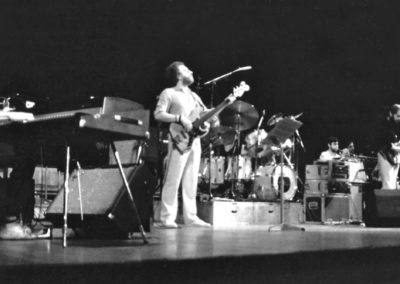
Many international artists are releasing new singles to support the Ukrainian resistance, do you think music can really help mediate peace?
it can raise awareness and make money. Apart from that, we have to hope for a future where sycopaths aren’t in power. That sounds like a contradiction, But change starts from within.
What is the secret that has allowed you to maintain a perfect balance between your commitments as a soloist, touring artist and experimenter over the years?
well, it’s not always been easy, but loving what you do helps. I record some of the music at home so I can over dub and mix. Luckily for me I could do that during the Covid lockdown.
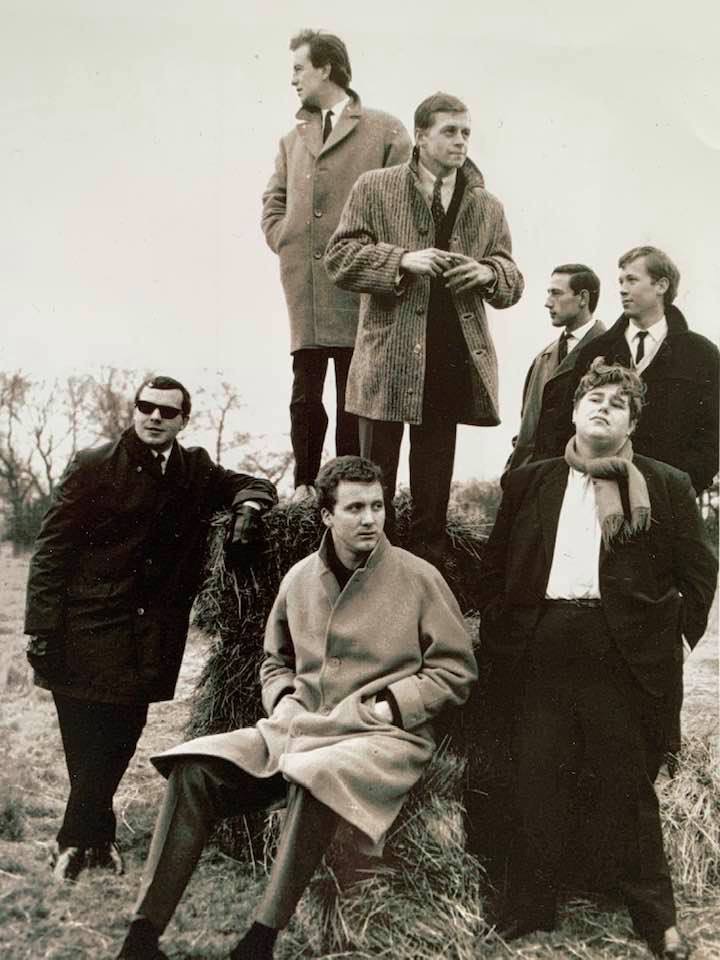
Some of the artists you have worked with in the studio and live include Paul McCartney, Cat Stevens, Van Morrison, Bryan Ferry, David Bowie, Phil Collins, Scott Walker, Art Garfunkel, Marvin Gaye, Tina Turner, who do you have particularly fond memories of?
I do like to mention a particular day in the life of a recording musician. I started at 8am and did a jingle ( music for TV advertising) till 9am. Don’t ask me what it was.. then onto air studio I for a six hour session with Andy Williams playing standards. This involved a lot of sight reading which was a long way from rock or pop so I was intently reading my arse off for six hours live with a great orchestra. Andy seemed pleased and I left the studio feeling a sence of Achievement. We were so busy in those times that we had a shared roadie who would make sure our gear was there for the next session.
We had to have two sets and I would just take my guitar.
So now it’s seven o’clock my then Fiancé Sally and I walked to Ronnie Scott’s club where I played an exhilarating set with the Gil Evans Orchestra. A brilliant band. It’s not common knowledge that Jimi died just before he was due to record with Gil. Gil made some stunning arrangements of Jimi’s tunes. So we played them at Ronnies. I felt honoured.
Now it’s three in the morning. We walk around to CBS studios to record with Tina Turner. Heaven 17 and producer Greg Walsh were there setting up.
I’d been working on the new H17 album and Greg and I went way back with some great records we had done together. The song “let’s stay together “ the old Al Green song. We had a basic track and Tina wanted to lay down the vocal as a guide. Well, the guide, the first take of her voice was the master.
Tingles up my spine, she was so great. I put my guitar on which was like a question snd answer to her vocal and dubbed some rhythm. Sally and Tina were talking quietly in the corner. Tina was so natural. They became friends.
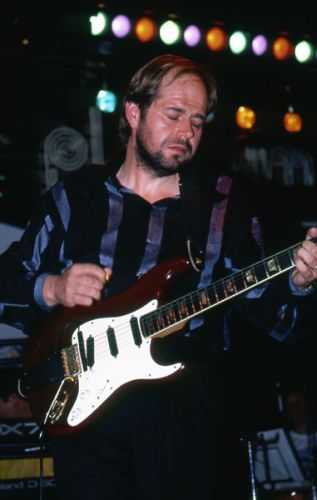
Your extensive music production also includes several film collaborations; how did the James Bond theme come about?
The James Bond theme was composed by a pianist called Monty Norman. Originally the guitar player Vic Flick was in the band. The story of the theme is this – John said to Monty and Vik that he had asked to write something “dangerous” for this spy movie. Monty played those opening notes as an idea and Vik played a version of what is now the the most well known guitar riff. John wrote the middle and put it all together.
I joined after Vik left. That’s another story for another time but it was how I turned professional. I did ten films, 2 tours and Johns solo albums.
You also worked on the Evita score. How did you get into that context?
the idea that a story about Eva Peron would become a big hit was a stretch. Mo, Simon Phillips and I along with Joe Moretti and an orchestra spent a month routining those songs. Julie Covington sang Evita like she owned it. After a lot of tense artistic moments Andrew was happy. In all five weeks in Olympic studio one. Exhausted.
How did you feel thinking about Phil Collins’ recent abandonment of the music scene?
Tragic. Many problems, but he seems like he is writing which is great.
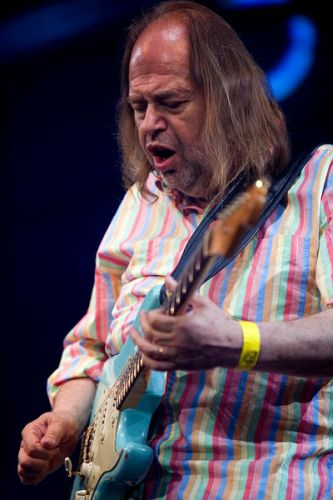
Among your countless collaborations there is one with one of our major Italian artists, Lucio Battisti. How was this meeting born?
This was through Greg Walsh who was producing. We recorded at RCA in Rome. We had a great time, he introduced us to his family and in true Italian style we were treated as family all the time we were there.
Two years after Fluid Architecture, what will you come back to surprise us with?
I’m working on it. It will be all live for sure. Maybe a front line of Trumpet, Alto and Trombone.
i’m writing now. So soon I hope.
Special thanks to Fabrizio Ragonese
 Mediafrequenza Attualità, cultura, sport, spettacolo
Mediafrequenza Attualità, cultura, sport, spettacolo
